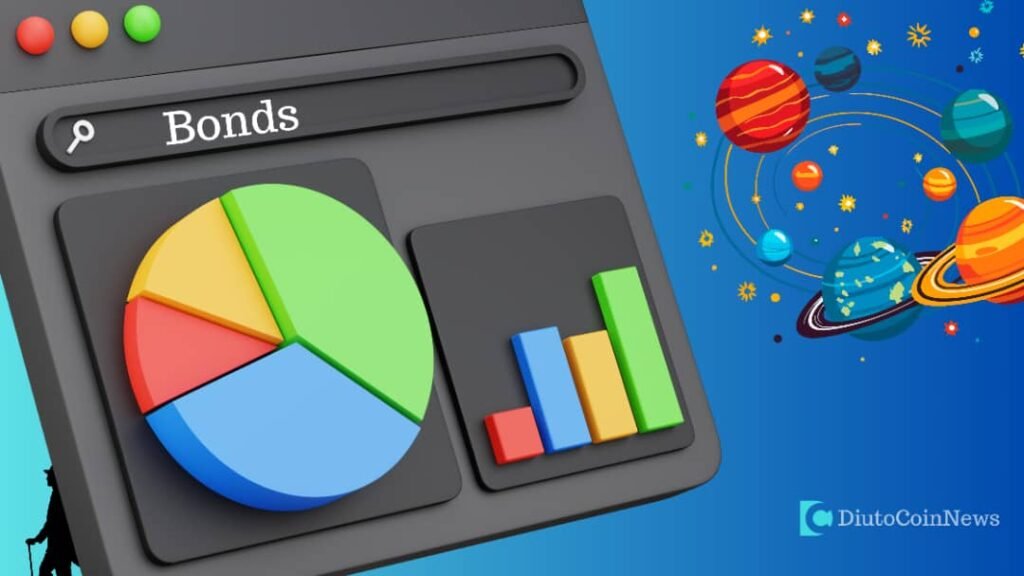Blockchain Manual is a guide to understanding in details the full meaning of blockchain to a layman’s understanding. It’s good for someone building a career in blockchain technology. It is a decentralized distributed ledger that records information in a way that makes it difficult or impossible to change, hack or cheat the system.
Introduction to Blockchain Manual Guide
In Blockchain, sometimes referred to as Distributed Ledger Technology (DLT), transactions are recorded with an immutable Cryptographic signature called a hash.
All records in a blockchain are individually encrypted and everytime a new transaction occurs on the blockchain, a record of that transaction is added to every participant’s ledger.The identity of participants is either anonymous or pseudonymous.
There have been many attempts to create digital money in the past, but it wasn’t successful. The common issue is Trust. For instance , if someone creates a new currency called the Qdollar, how can we trust that they won’t steal your Qdollar for themselves or give themselves a bigger amount of the Qdollar?
Bitcoin was designed to solve this particular problem by using a specific type of database called Blockchain. Nobody is in charge of blockchain, it is run by the people who utilize it.
History of Blockchain
Cryptographer David Chaum first proposed a blockchain-like protocol in his 1982 dissertation “Computer Systems Established, Maintained and Trusted by Mutually Suspicious Groups”.
Further work on a Cryptographically secured chain of blocks was described in 1991 by Stuart Haber and W.Scott Stornetta. They wanted to implement a system wherein document timestamps could not be tampered with.
The first Blockchain was invented by a person ( or group of people) using the name Satoshi Nakamoto in 2008 to serve as the public transaction ledger of the Cryptocurrency Bitcoin.
As of 2016, some businesses have been testing the technology and conducting low level implementation to gauge Blockchain’s effect on organizational efficiency in their back office.
Individual use of blockchain technology has also greatly increased since 2016. Blockchain is currently used in cryptocurrency networks. For example, the Bitcoin network and Ethereum network are both based on block chain technology.
Other alternative coins, or altcoins have followed Bitcoin in using the technology to power their Cryptocurrency networks.
How Does Blockchain Work?
For the Blockchain network, computers are added to the network and given a copy of the growing list of records called blocks. The blocks are linked together using Cryptography.
Each block contains a cryptographic hash of the previous block, a timestamp, and transaction data. When new blocks are added, the computers follow a specified protocol to verify and record new blocks into the chain.
New blocks are added on top of old blocks. Once data is recorded in a blockchain, the data in any given block cannot be altered retroactively without altering all subsequent blocks. This makes it difficult to alter the old blocks. Any validated records are irreversible and cannot be changed.
The Use of Blockchain
Blockchain can be used to create a permanent, public, transparent ledger system for compiling data on sales, tracking digital use and payments to content creators or artists.
Blockchain helps store data that are then chained in chronological order that can’t be altered.
The technology validates and carries out the transactions, including documents, contracts, cryptocurrency and more. There is no necessity for any third party in executing any sort of transaction.
Blockchain applications go far beyond cryptocurrency and bitcoin. With it’s ability to create more transparency and fairness while also saving businesses, time and money.
Blockchain has been gaining more adoption over the years, it has the potential to grow to be a bedrock of the worldwide record-keeping systems. Technology is impacting a variety of sectors in many ways.
As a buzzword on the tongue of every investor in the nation, blockchain stands to make business and government operations more accurate, efficient, cheap and secure. This blockchain manual guide aids the government bodies to have a proper understanding for implementation.
Discover more from DiutoCoinNews
Subscribe to get the latest posts sent to your email.














